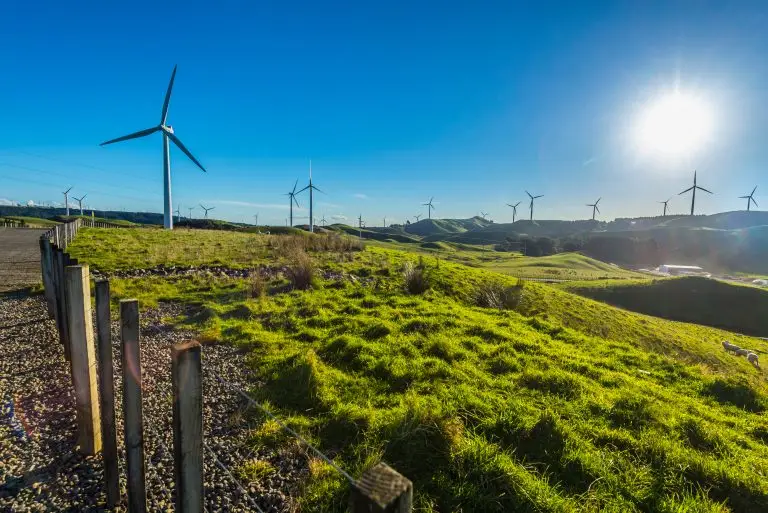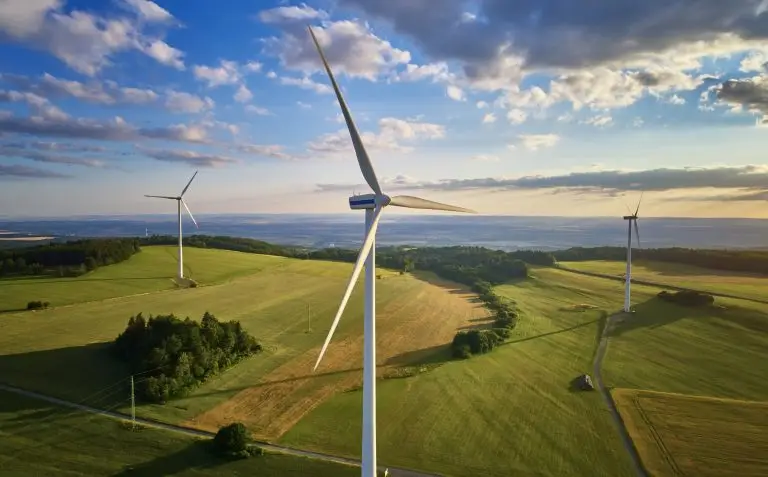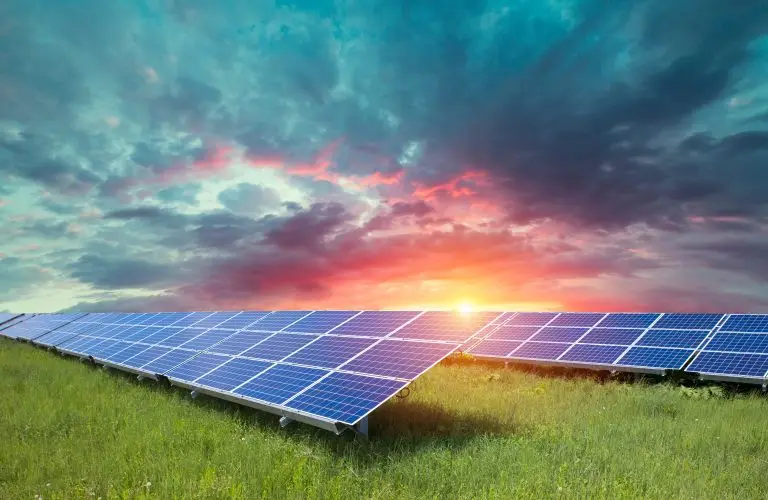Recognizing the growing importance of harvesting a mix of renewable energy sources, the Ministry of Energy published on 8 November 2023 the National Hydrogen Strategy and the Action Plan for its implementation (“Hydrogen Strategy“).
In line with the position of the European Commission, the Hydrogen Strategy emphasizes that hydrogen produced from renewable energy sources will play a significant role in addressing the challenges related to both the climate crisis and energy security, a position also reflected in the European Hydrogen Strategy.By implementing the Hydrogen Strategy, Romania makes a further step towards the commitments to implement the reforms undertaken through the National Recovery and Resilience Plan, in order to achieve the decarbonization targets under the green transition pillar.
The Hydrogen Strategy contains detailed provisions concerning (i) the sustainable development component, (ii) the correlation with other national priorities, (iii) national strategies and private sector directions, (iv) the relevant national and European legal framework, (v) the current hydrogen situation in Romania and its development potential, (vi) hydrogen transport, storage, and financing issues, (vii) market mechanisms and costs of implementing the Hydrogen Strategy. Below we analyze the most relevant aspects included in the Hydrogen Strategy.
A. The future hydrogen value chain in Romania
In terms of the future value chain that is envisaged for Romania regarding hydrogen, the following sectors are analyzed:
- Production of renewable hydrogen;
- Storage of hydrogen in various forms: gaseous, liquid, liquid-organic hydrogen carrier (LOHC), or ammonia;
- Transport and distribution of hydrogen by pipeline or in pressurized vessels by road, rail, inland waterway or sea;
- Diversification of the areas of application and use of hydrogen.
In terms of hydrogen transport and storage, Romania is, together with Greece and Bulgaria, part of the HI East corridor for hydrogen and electrolysis. Based on this, the planned connections to the Bulgarian transmission networks will be made by the national natural gas transmission operator, Transgaz. The natural gas transmission network will allow the injection of up to 2% of hydrogen, as established by the Gas Directive 2009/73/EC and the Gas Regulation (EC) No 715/2009. At the same time, Transgaz, as part of the European Hydrogen Backbone Initiative, has proposed 11 national corridors that could be included in the backbone of the future European hydrogen transport system.
B. Hydrogen valleys in Romania – 5 main ecosystems proposed
- Bucharest – Ploiesti – Targoviste – Pitesti;
- Constanta – Medgidia – Calarasi – Slobozia;
- Cluj – Târgu Mureș – Sighișoara – Sibiu – Sebeș;
- Galati – Braila – Tulcea;
- Craiova – Slatina – Targu Jiu – Valcea;
The strategic identification of suitable areas for establishing hydrogen hubs was undertaken with the primary objective of mitigating investment risks, reducing infrastructure development costs and fostering regional economic growth by stimulating emerging industries. In order to establish the above 5 hydrogen hubs, the following criteria were observed:
- industries and companies revealed – identification of industrial centers where hydrogen is or can be used as a raw material in energy production/source;
- energy system – the large number of existing hydropower plants at national level and the renewable energy potential of the area were highlighted;
- water sources – analyzed in terms of availability, presence of high flow rivers;
- urban agglomerations – access to specialized human resources is an advantage;
- transport infrastructure – short distances between identified industrial plants and the country’s main cities;
- geological storage capacities – were considered an advantage but not an eliminating criterion. At the same time, all identified hubs have access to the European hydrogen network through pipelines, capacity to connect to the natural gas network and have available water sources.
C. Renewable hydrogen market
The Hydrogen Strategy also highlights the absence of a functioning EU-wide market for certifying the renewable value of hydrogen. To address this, the Hydrogen Strategy proposes a system of Guarantees of Origin (“GO“) to be used, similar to the GOs issued for the production of renewable energy. Consequently, the future landscape of the renewable hydrogen market will be concentrated around the following two elements: (i) a national and European hydrogen market and (ii) a GO system and market for recognition and trading of renewable hydrogen.
D. Financing
Given the novelty of the technology that will be required, the Hydrogen Strategy proposes several financial instruments to counterbalance the inevitable caution of investors, such as grants, state guarantees and loans, fiscal support schemes, contracts for difference, fixed premiums for renewable H2, or contracts for carbon difference. At the same time, all financing mechanisms proposed will maintain the market balance from a competition perspective.
The European Commission has also announced the creation of a European Hydrogen Bank as a public support measure offered by the EU to stimulate the development of the hydrogen economy in Europe. As the Hydrogen Strategy expressly states, the European Hydrogen Bank will primarily help to address the initial financial challenges to create an emerging renewable hydrogen market, but it will also have an international dimension to facilitate imports of renewable hydrogen into the EU.
E. Objectives
The Hydrogen Strategy introduces 4 general objectives:
- decarbonization of the industrial and transport sector;
- development of hydrogen valleys in Romania covering as much of the value chain as possible;
- development of hydrogen technologies and their implementation in the economy by training experts;
- use of hydrogen to integrate renewable energy sources and to achieve sectoral integration.
In addition to these four general objectives, the Hydrogen Strategy also outlines several medium-term, from 2030 to 2035 and long-term, from 2035 to 2050, strategic objectives and directions.
The long-awaited Hydrogen Strategy is set to contribute to the long-term increase of hydrogen production and use in all sectors of the economy, especially in those sectors where decarbonization is proving difficult to implement and, also, to the increase of renewable hydrogen production.




